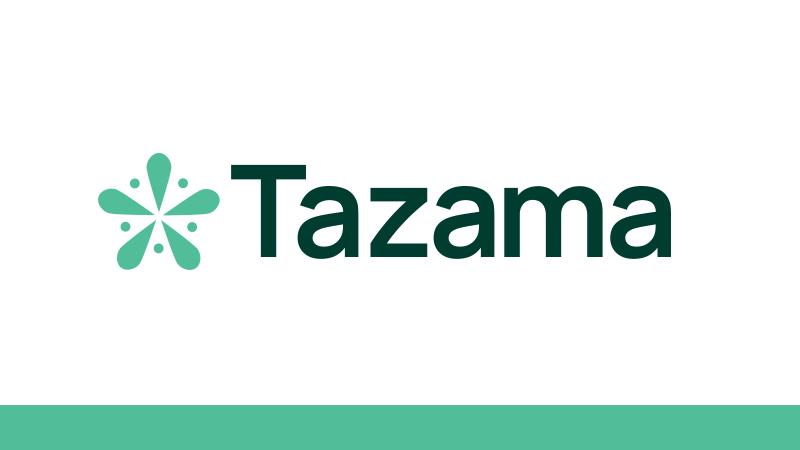
What a World Without Overdraft Fees Looks Like for Small Financial Institutions
On January 11th, 2022, Bank of America announced its upcoming plans to eliminate non-sufficient funds fees and significantly reduce overdraft fees within the first half of this year. Beginning in February 2022, all non-sufficient funds fees will be eliminated, and clients will no longer be able to overdraw their accounts at the ATM. In May 2022, overdraft fees will be reduced from $35 down to $10, in addition to eliminating the $12 fee on Balance Connect for overdraft protection. In doing so, Bank of America will have reduced their revenue from overdraft fees by 97% from 2009 levels, after spending the last decade implementing solutions such as the no overdraft fee SafeBalance® account and Balance Assist™ programs to get them to this point.
While this may be great for Bank of America customers, many smaller financial institutions are left to catch up. We spoke with the CEO of a $50M credit union who says regarding these new policies, “…it will force credit unions and community banks to consider doing the same. That will just put more pressure on small FI’s revenue streams since overdraft fees add a nice kick to the other income bucket.” Community banks and credit unions have more fragile revenue streams. Due to increased competition, they are prepared to follow suit, as Capital One also announced plans to scrap overdraft fees in 2022.

Larger institutions are not feeling the same amount of pressure. Still, they are assessing the situation while remaining prepared. The President/CEO of a $500M Credit Union stated, “this is not a significant program compared to many other FI’s, but this trend is impactful, and we are looking at these same items now for how best we can address.” Overall, the reduction of overdraft fees across the banking industry cannot be ignored, and our small community banks and credit unions will remain resilient through this shift.
“This is not a significant program compared to many other FI’s, but this trend is impactful, and we are looking at these same items now for how best we can address.” –President/CEO, $500M Credit Union
Staying vigilant among the changing policies of the big banks and the termination of fees that provide a steady revenue stream can be a struggle. While it may sound impossible, many credit unions are already looking to the future by shifting this revenue stream, providing financial education resources, and considering merging with other small institutions.
Ramping up financial education among members is a foundational step toward lowering the reliance on overdraft fees as they begin to dwindle among competitors. When faced with the updates to Bank of America’s policies, the CEO of one of a $100M Credit Union took a more humanized approach, stating, “Money decisions are so embedded in human behavior–really not math. We are kicking off a financial wellness program that we hope will help us to help individual members to get on the right path, but they have to want to do it.” The increase in financial wellness education will work to shift members into a place where they no longer need to or find themselves overdrawing their accounts. Therefore, the number of overdraft fees will decrease over time due to increased financial wellness among the membership, just in time for them to be removed from the equation.
Another approach to adapting to the industry’s dwindling presence of overdraft fees is to begin shifting this stream of revenue, offering products that assist members in keeping up with their immediate finances. A solid option is a short-term loan that charges a small interest that shifts this revenue stream slowly. This is what the CEO of a $100M is already working towards as they seek to help members live within their means by offering a short-term loan (2 pay periods) with no application fee. Loans such as these provide members the tools they need to play catch-up on their finances without overdrawing accounts and reallocating revenue to come from the interest or by adding an application fee to this type of loan.
Finally, to keep up with the big players, some consider becoming one themselves. With larger credit unions ($500M & up) less concerned about Bank of America’s latest announcement, becoming larger may be a solution for smaller institutions to consider. One of these institutions is a small credit union of $50M in assets, as their CEO says, “I am beginning to think that further industry consolidation is the answer as all of us have to achieve some sort of scale on the expense side as smaller credit unions are seeing the margins grow slimmer every day.” This is an extensive process and decision, but for some, it can be a major problem solver, bringing in a new wealth of resources that are needed to stay on top in the ever-changing financial services industry.
Are you struggling to keep up with the trends? Strategis is a full-service marketing agency developing strategies proven to increase the (ROI) through a wide range of methods that will help you keep up during any shift in the industry. Contact us today!





